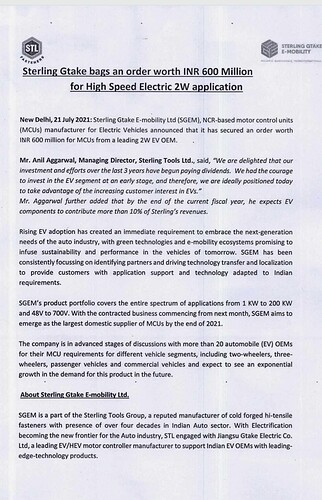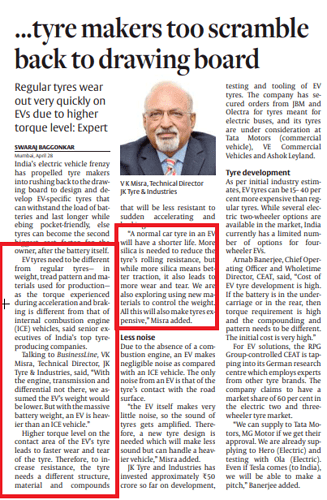Has anyone come across this company , they are building batteries based on zinc and bromine , listed recently on LSE (Australian company )
Another one
https://superdielectrics.com/
Superdielectrics Group plc (“Superdielectrics” or the “Company”) is a company based near Cambridge, UK, focused on developing technology to build supercapacitors with high energy density, low cost, environmentally benign electrical energy storage devices that will help create a clean and sustainable global energy and transportation system.
Superdielectrics was founded in 2012 by Dr. Donald James Highgate and Francis James (“Jim”) Heathcote who were joined by Nigel Anthony Spence as Finance Director. The team planned and then implemented a research programme to develop biocompatible, electrically conducting hydrophilic polymers, which had the potential to be used in bioelectronics.
From 2014, working with Surrey University, the team discovered the materials exhibited very unusual electrical properties. In mid-2016, test-samples were sent to Professor David Fermin, Bristol Electrochemistry Group, for independent analysis who confirmed that the Company’s superdielectric materials have capacitance values 1,000-10,000 times higher than the then existing aqueous electrolytes in supercapacitors. In short, this means these materials have the potential to create energy storage solutions that store significantly more energy than existing solutions of the same weight.
Therefore, the Company has established that its superdielectric materials could translate into game-changing, commercially viable products, offering a step change in performance compared to existing electrical energy storage technology.
Having completed the University supported research programme, the Company has now relocated to new laboratory facilities near Cambridge with the aim of replicating the results identified in the laboratory, increasing energy density and developing a supercapacitor incorporating the Company’s polymers on a commercial scale.
The Company plans to do so through continuing to work on refining its polymers, developing associated production technology and intends (subject to funds raised) to plan, lease and fit out a pilot production plant to exploit the commercial opportunities that this is expected to create.




